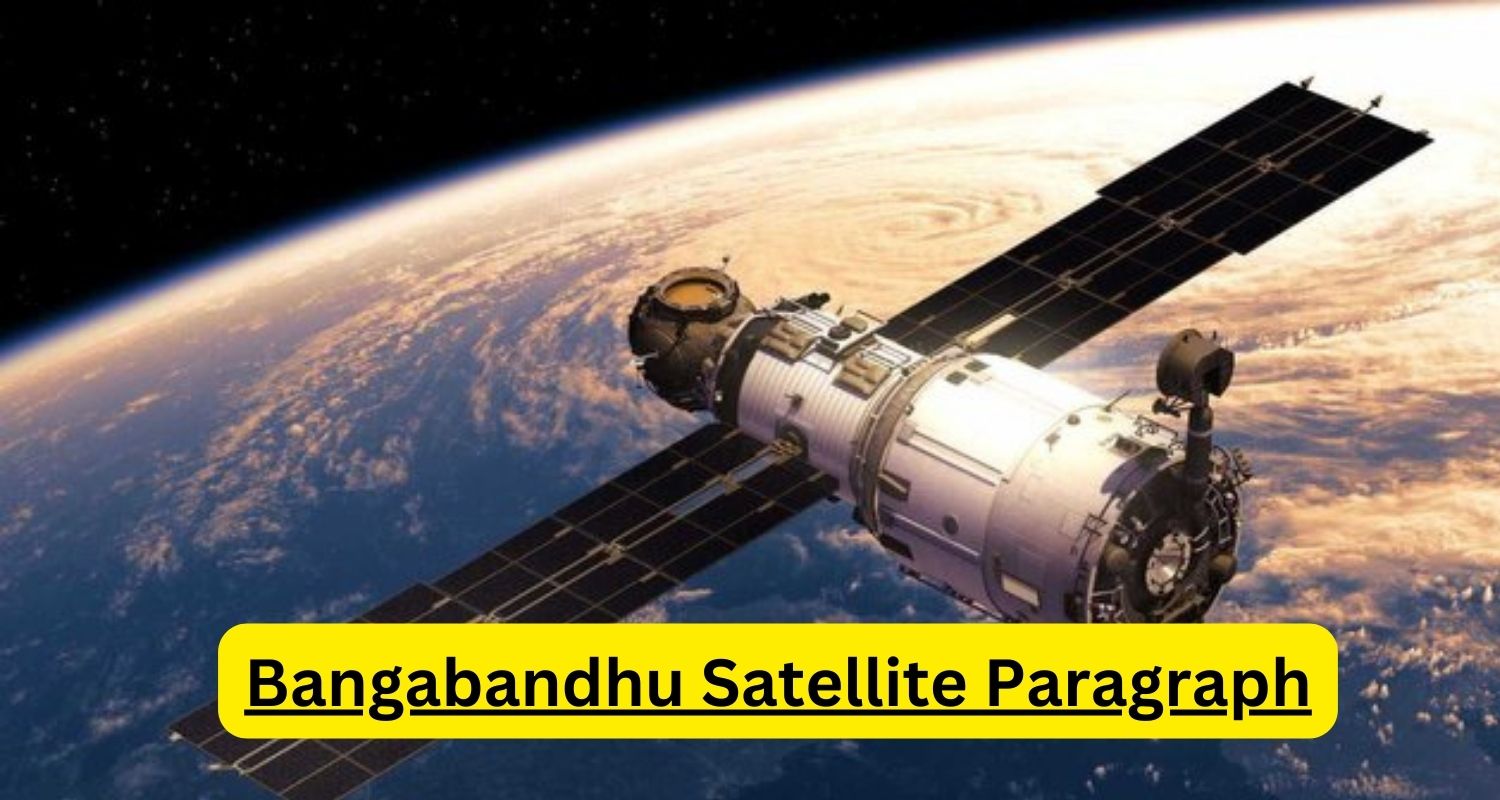Ecological Balance Paragraph 200 words
Ecological balance is the delicate state of equilibrium within an ecosystem where all organisms, from plants and animals to bacteria and fungi, coexist in a way that sustains life. It arises from complex interactions involving food chains, energy flow, nutrient cycling, and population dynamics. A balanced ecosystem ensures that resources are replenished at rates that meet the needs of all its inhabitants, maintaining biodiversity and ecological health.
Disruption of ecological balance often results from human activities like deforestation, habitat destruction, overfishing, and pollution. These actions can lead to cascading effects, such as species extinction, reduced ecosystem resilience, and altered climate patterns. When keystone species are removed or invasive species are introduced, the resulting imbalance can threaten the stability of entire ecosystems. Efforts to restore and maintain ecological balance involve a combination of conservation, sustainable resource management, and environmental protection. Initiatives such as reforestation, wildlife protection, and pollution reduction play a critical role in restoring ecosystems to a state of balance. By understanding the importance of ecological balance and taking steps to protect it, we can ensure a sustainable future for all living organisms and the vital services ecosystems provide.
Ecological Balance Paragraph 300 words
Ecological balance refers to the stable and harmonious interaction among various elements within an ecosystem, including plants, animals, microorganisms, and abiotic factors like soil, water, and climate. This balance is crucial for maintaining biodiversity, ensuring that ecosystems function effectively, and providing the necessary conditions for life to thrive. In a balanced ecosystem, each organism has a role to play, from producers like plants and algae, which convert sunlight into energy, to consumers like herbivores, carnivores, and omnivores, and decomposers like bacteria and fungi, which break down organic matter into nutrients. These interactions form a complex web of life where energy and nutrients cycle through various trophic levels, supporting the health and sustainability of the ecosystem.
However, ecological balance can be disrupted by a variety of factors, many of which are driven by human activity. Deforestation, habitat destruction, pollution, overfishing, and the introduction of invasive species can upset this delicate balance, leading to negative consequences such as loss of biodiversity, habitat fragmentation, and climate change. When these disruptions occur, ecosystems can become unstable, reducing their ability to provide essential services like clean air, clean water, pollination, and climate regulation. Restoring and maintaining ecological balance requires a comprehensive approach. Conservation efforts, such as protecting endangered species and preserving natural habitats, are crucial. Sustainable resource management practices, like sustainable agriculture and fishing, help ensure that natural resources are used in a way that does not compromise the ecosystem’s health. Environmental protection policies, such as regulations on pollution and deforestation, are also essential to prevent further damage. Public awareness and education play a pivotal role in promoting ecological balance. By understanding the interconnectedness of all life forms and the importance of preserving ecosystems, individuals and communities can contribute to the collective effort to maintain ecological balance. In doing so, we can ensure that ecosystems continue to support life on Earth, providing a sustainable future for generations to come.






